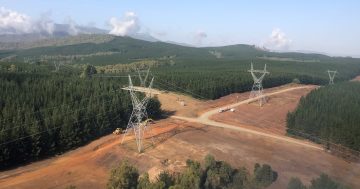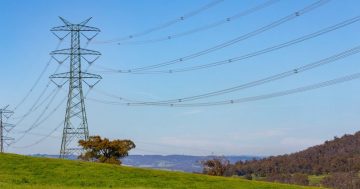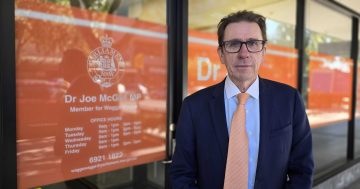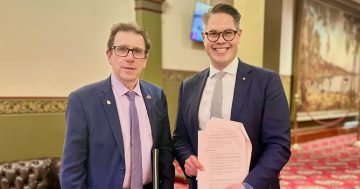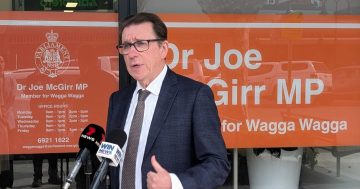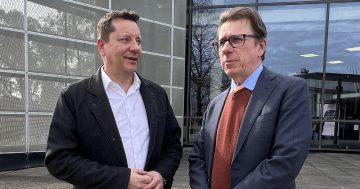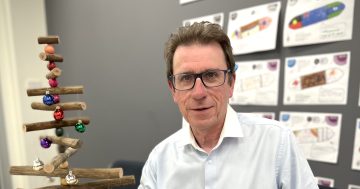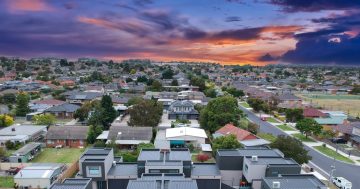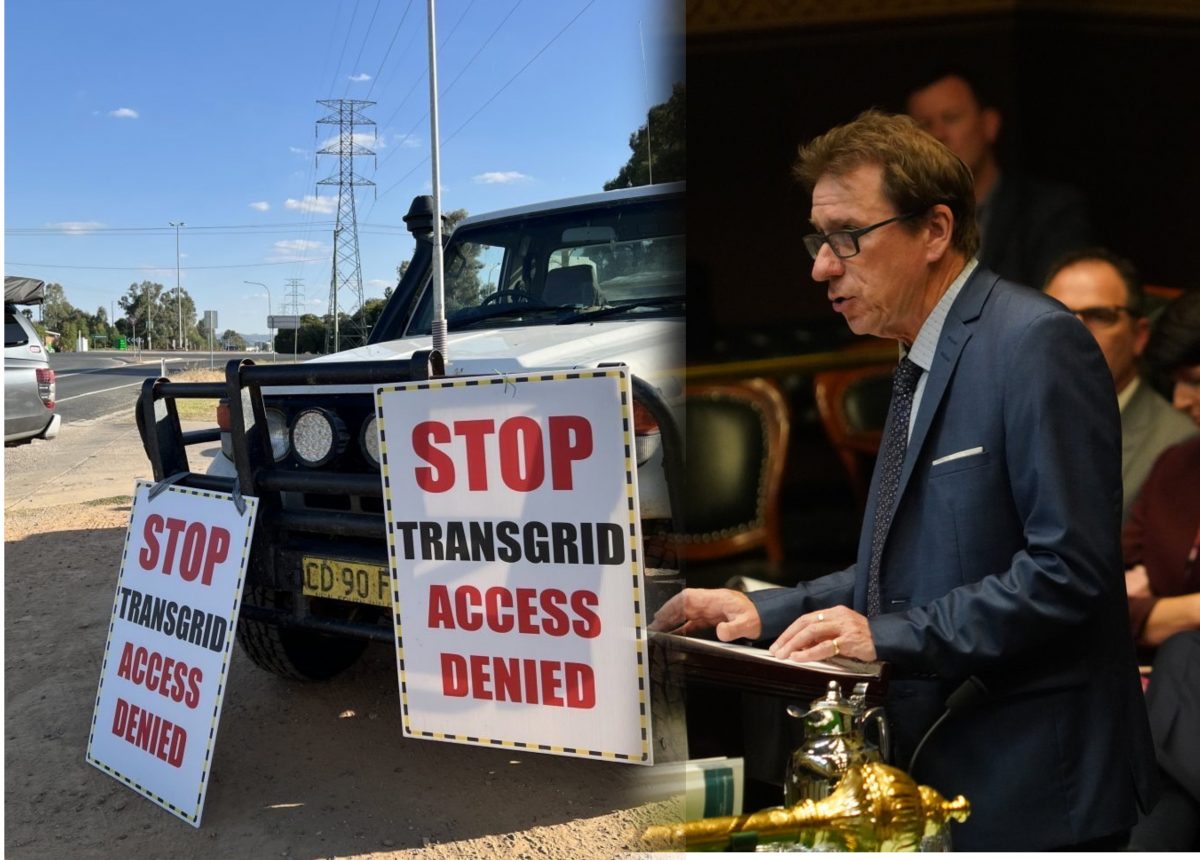
Dr Joe McGirr says HumeLink will “scar the landscape and local lifestyles for years to come”. Photo: Chris Roe.
Wagga MP Dr Joe McGirr has hit out at the NSW Government’s decision to approve Transgrid’s multi-billion dollar HumeLink renewable electricity line in the face of strong opposition within affected communities.
The $4.8 billion project will connect Wagga, Bannaby and Maragle to renewable energy sources, including the Snowy Hydro 2.0, through a 365-km transmission line across Southern NSW.
Now that it has been given the thumbs up by the NSW government, it can proceed to the Commonwealth Government for final approval.
The Member for Wagga Wagga said the directive to produce the “cheapest possible transmission system” would hit communities and landholders hard.
“The consultation for this project was poor from the start and the low-cost imperative left us with the worst result for landowners,” Dr McGirr said.
“One of the most disappointing aspects of this sorry saga is that if the power lines had been undergrounded, as the community wished, opposition would have been greatly reduced and the conditions of approval would have been more manageable.”
With a broad range of community concerns, including the visual and environmental impact and increased fire risks, Dr McGirr has been an outspoken critic of Transgrid’s approach.
The Department of Planning, Housing and Infrastructure (DPHI) rejected calls for the project to be taken underground, concluding that it would be “significantly more expensive than what current regulatory frameworks allow for consumers to pay in transmission project costs”.
To mitigate concerns, they said that strict conditions would be imposed on Transgrid, including a bank guarantee of more than $502m to ensure biodiversity offsets were implemented.
“This huge sum of money shows the extent of the environmental damage that will be caused by this project which again illustrates the high cost of taking the cheapest course,” Dr McGirr said.
“I also note that Transgrid is required to work with landowners to mitigate the visual impact of the project, but how do you mitigate against 76-metre towers that will stand as massive eyesores over beautiful hills and valleys?
“Other conditions around bushfire risk reduction, landscape rehabilitation and noise mitigation will deliver no more than should be expected from any major construction project and the fact remains that bushfire will continue to be a serious concern, regardless of how many ‘emergency plans’ are prepared.”
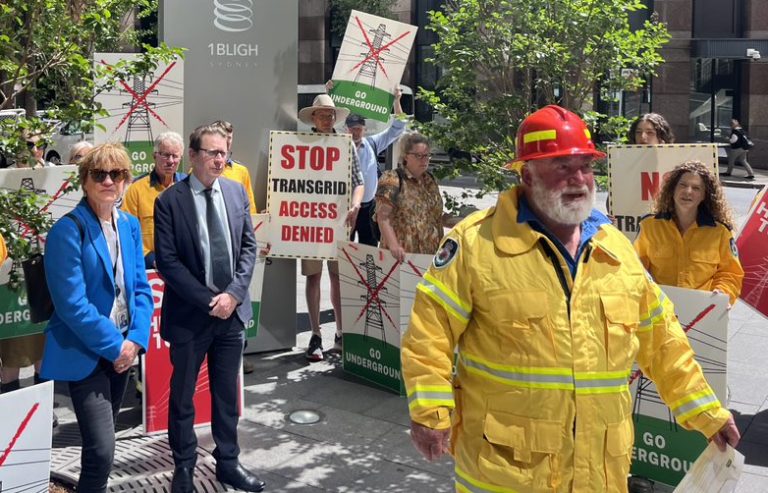
Southern NSW MPs Helen Dalton and Dr Joe McGirr joined HumeLink protesters in Sydney in October last year. Photo: Supplied.
In October last year, Humelink opponents, including volunteer firefighters, rallied in Sydney warning that many would hang up their hard hats if the current overhead plan was to proceed.
“We are going to resign for safety’s sake,” said Rural Fire Service captain Bill Kingwill as firefighters piled up their helmets outside Federal Minister Chris Bowen’s office in 2023.
“We are at risk from the arcing of the high voltage power lines and a 500 kV is twice as likely as a 330 kV to arc in the smoke.”
According to NSW Minister for Planning and Public Spaces, Paul Scully, HumeLink will enable more renewable energy generation to enter the market and bring jobs and billions in investment to regional areas.
“Together we’re building an energy system which will help keep the lights on, put downward pressure on energy bills and reduce emissions while creating jobs,” he said.
But Dr McGirr said he was concerned that the promised benefits would not outweigh the negatives.
“The planning approval has left those in the path of this project to carry the burden of poor consultation on a cheap development that will scar the landscape and local lifestyles for years to come,” he said.
“Transgrid can be assured that I will be closely watching to ensure they comply with all the conditions, for what they are worth, but with final approval still to come from the Commonwealth, the community’s genuine and legitimate concerns are unlikely to be eased by the state approval.”







